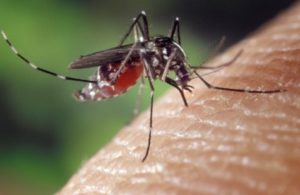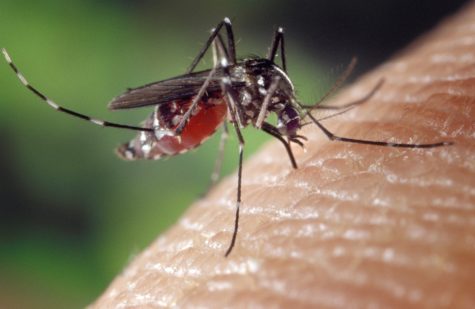SAN DIEGO, Calif. — In an almost poetic reversal, the notorious Zika virus is showing potential to become a viable weapon against brain cancer.
Known for its horrific effects on the brains of developing fetuses, the Zika virus’ destructive force may be harnessed to target brain cancer cells a new study finds. Researchers at Washington University School of Medicine in St. Louis and the University of California San Diego School of Medicine specifically looked at using the virus against a type of cancer known as glioblastoma.

“We showed that Zika virus can kill the kind of glioblastoma cells that tend to be resistant to current treatments and lead to death,” says co-senior study author Michael Diamond in a press release.
Usually fatal within a year of diagnosis, glioblastoma is the most common form of brain cancer in the US, where it affects about 12,000 people a year, including senator John McCain.
Currently, treatment is an intense process, usually involving surgery, chemotherapy, and radiation. Still, tumors often recur within six months due to the survival of hard-to-destroy glioblastoma stem cells. It’s these stem cells in particular that researchers are excited to find the Zika virus can target.
“We see Zika one day being used in combination with current therapies to eradicate the whole tumor,” says study co-author Milan Chheda.
Studying the effect of the virus on tumors in mice, the researchers compared the results of Zika injections to mice treated only with saltwater. In the Zika-treated mice, tumors were significantly smaller and the mice survived longer that the saltwater-injected mice.
Since the neuroprogenitor cells that create other cells (such as the glioblastoma stem cells) are rare in adult brains, researchers say adults would have much less potential damage from the virus than developing fetuses that still have a lot of neuroprogenitor cells.
To further increase the safety of using the virus, researchers introduced mutations that weaken the virus’ defenses against the body’s defense systems that await it outside of tumors.
“We’re going to introduce additional mutations to sensitize the virus even more to the innate immune response and prevent the infection from spreading,” says Diamond. “Once we add a few more changes, I think it’s going to be impossible for the virus to overcome them and cause disease.
The study findings were published this week in the Journal of Experimental Medicine.

Extraordinary!
.
Hope the traitor McCain dies before they are able to use this.
Agreed